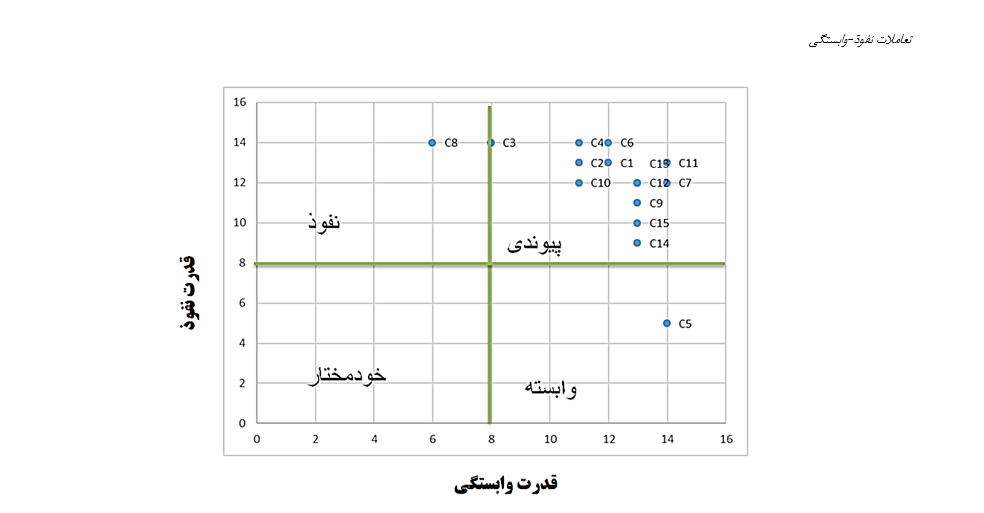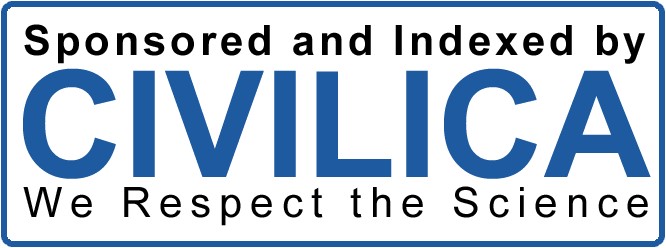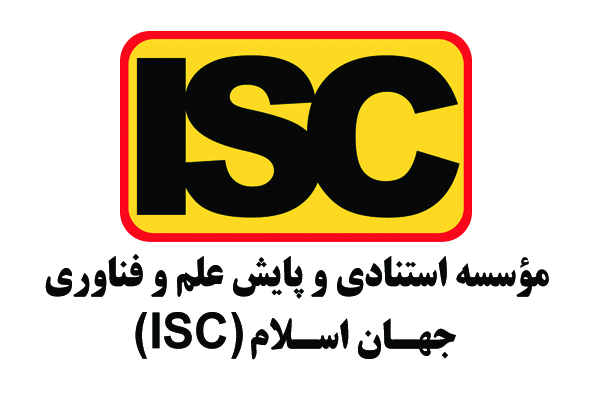Structuring the Factors Influencing Consumer Behavior in Electronic Marketing Using Soft Systems Methodology
Keywords:
Influencing factors, consumer behavior, electronic marketing, Soft Systems MethodologyAbstract
In electronic marketing, the fundamental and ultimate focus is human satisfaction, and understanding consumer behavior contributes to comprehending market dynamics. Therefore, identifying and evaluating the factors influencing consumer behavior becomes a significant subject of study. Accordingly, this research aims to structure the factors affecting consumer behavior in electronic marketing. The study follows the seven-stage process of Soft Systems Methodology (SSM) and, in addition to literature review and in-depth semi-structured interviews, employs Checkland’s CATWOE checklist analysis, Interpretive Structural Modeling (ISM), and MICMAC analysis as complementary validation tools. The research sample consists of 25 academic elites and experts actively engaged in electronic market enterprises, selected through purposive sampling. The findings reveal that the factors influencing consumer behavior in an electronic market are categorized into five levels. The first level includes perceptual-cognitive characteristics post-purchase, the number of followers of the market on external social networks, and the creation of a digital wallet and its application for future purchases. The second level consists of total costs, producers, and suppliers based on performance evaluations. The third level encompasses legitimacy, responsiveness, and accountability of the electronic market, reducing the time required for recording customized behaviors and addressing consumer needs, as well as feedback mechanisms. The fourth level involves brand popularity, visibility of order placement points, and the ability to compare similar and homogeneous products. The fifth level, which is the most influential, includes personal preferences and tastes, along with the satisfaction of hierarchical needs and desires. It can be concluded that five key levels influence consumer behavior in electronic marketing, and considering these levels can contribute to the growth and prosperity of such markets.
Downloads
References
Ahangardavoodi, P., Asayesh, F., Tootian, S., & Hashemi, S. M. (2024). Design and Validation of a Consumer Behavior
Change Model from Offline to Online with a Mixed Research Approach in Fast-Moving Consumer Goods.
Consumer Behavior Studies, 11(1), 167-193. https://cbs.uok.ac.ir/article_63064.html
Di Virgilio, F., & Antonelli, G. (2018). Consumer behavior, trust, and electronic word-of-mouth communication:
Developing an online purchase intention model. In Social Media for Knowledge Management Applications in
Modern Organizations (pp. 58-80). IGI Global. https://doi.org/10.4018/978-1-5225-2897-5.ch003
Gosh, K. (2024). Exploring the influential factors shaping consumer behavior and purchase intentions of catfish products
in the southern USA. Aquaculture, In Press, 741225. https://doi.org/10.1016/j.aquaculture.2024.741225
Huarng, K. H., & Yu, T. H. K. (2020). A comparative study of online consumer behavior: a tale of two research methods.
International Journal of Emerging Markets, 15(4), 716-727. https://doi.org/10.1108/IJOEM-06-2019-0417
Malekian, S., Mehrani, H., Saeednia, H., & Alipour Darvishi, Z. (2024). Presenting a Maturity Model in Electronic
Marketing. Consumer Behavior Studies, 11(1), 114. https://cbs.uok.ac.ir/article_63065.html
Melović, B., Jocović, M., Dabić, M., Backović Vulić, A., & Dudic, B. (2020). The impact of digital transformation and
digital marketing on the brand promotion, positioning and electronic business in Montenegro. Technology in Society,
, 101425. https://doi.org/10.1016/j.techsoc.2020.101425
Mikalef, P., Najmul Islam, V., Parida, V., Singh, H., & Altwaijry, N. (2023). Artificial intelligence (AI) competencies
for organizational performance: A B2B marketing capabilities perspective. Journal of Business Research, 455-495.
https://doi.org/10.1016/j.jbusres.2023.113998
Mohammadi, F., Yazdani, H. R., & Adibzadeh, M. (2020). Meta-Analysis of Online Shopping Studies: Reviewing and
Combining Results of Research Conducted in the Field of Online Shopping. Smart Business Management Studies,
(33), 23-39. https://www.jnabm.ir/article_63064.html
Paningrum, D., Ramdan, A. M., Melinda, T. F., Karneli, O., & Irwanto, T. (2023). Analysis of Online Marketing
Strategies Post Pandemic COVID-19. Quantitative Economics and Management Studies, 4(1), 61-65.
https://doi.org/10.35877/454RI.qems1381
Sabbaghi, M., Behdad, S., & Zhuang, J. (2016). Managing consumer behavior toward on-time return of the waste
electrical and electronic equipment: A game theoretic approach. International Journal of Production Economics,
, 545-563. https://doi.org/10.1016/j.ijpe.2016.10.009
Sadeq, N., Nassreddine, G., & Younis, J. (2023). Impact of Artificial Intelligence on E-marketing. International Journal
of Trend in Scientific Research and Development (IJTSRD), 7(1), 1318-1331.
www.ijtsrd.com/papers/ijtsrd53850.pdf
Safinia, A., & Ghavami, M. (2024). Examining the Use of the Internet of Things in Analyzing Consumer Behavior in
Emotional Purchases Using Artificial Intelligence. Intelligent Marketing Management, 5(1).
https://www.jnabm.ir/article_709881.html
Saura, J. R., Reyes-Menendez, A., Matos, N., Correia, M. B., & Palos-Sanchez, P. (2020). Consumer behavior in the
digital age. Journal of Spatial and Organizational Dynamics, 8(3), 190-196. http://hdl.handle.net/10400.1/16624
Shakouri Yadegari, S., Hosseini, M. H., Khademi, S. M., & Forouzandeh, L. (2023). Presenting a Model of Consumer
Information-Seeking Behavior in E-Commerce. Human-Information Interaction, 10(1), 43-67.
http://hii.khu.ac.ir/article-1-3116-fa.html
Xiong, Y. (2022). The impact of artificial intelligence and digital economy consumer online shopping behavior on market
changes. Discrete Dynamics in Nature and Society, 2022(1), 9772416. https://doi.org/10.1155/2022/9772416

Downloads
Published
Submitted
Revised
Accepted
Issue
Section
License
Copyright (c) 2024 Journal of Technology in Entrepreneurship and Strategic Management (JTESM)

This work is licensed under a Creative Commons Attribution-NonCommercial 4.0 International License.










